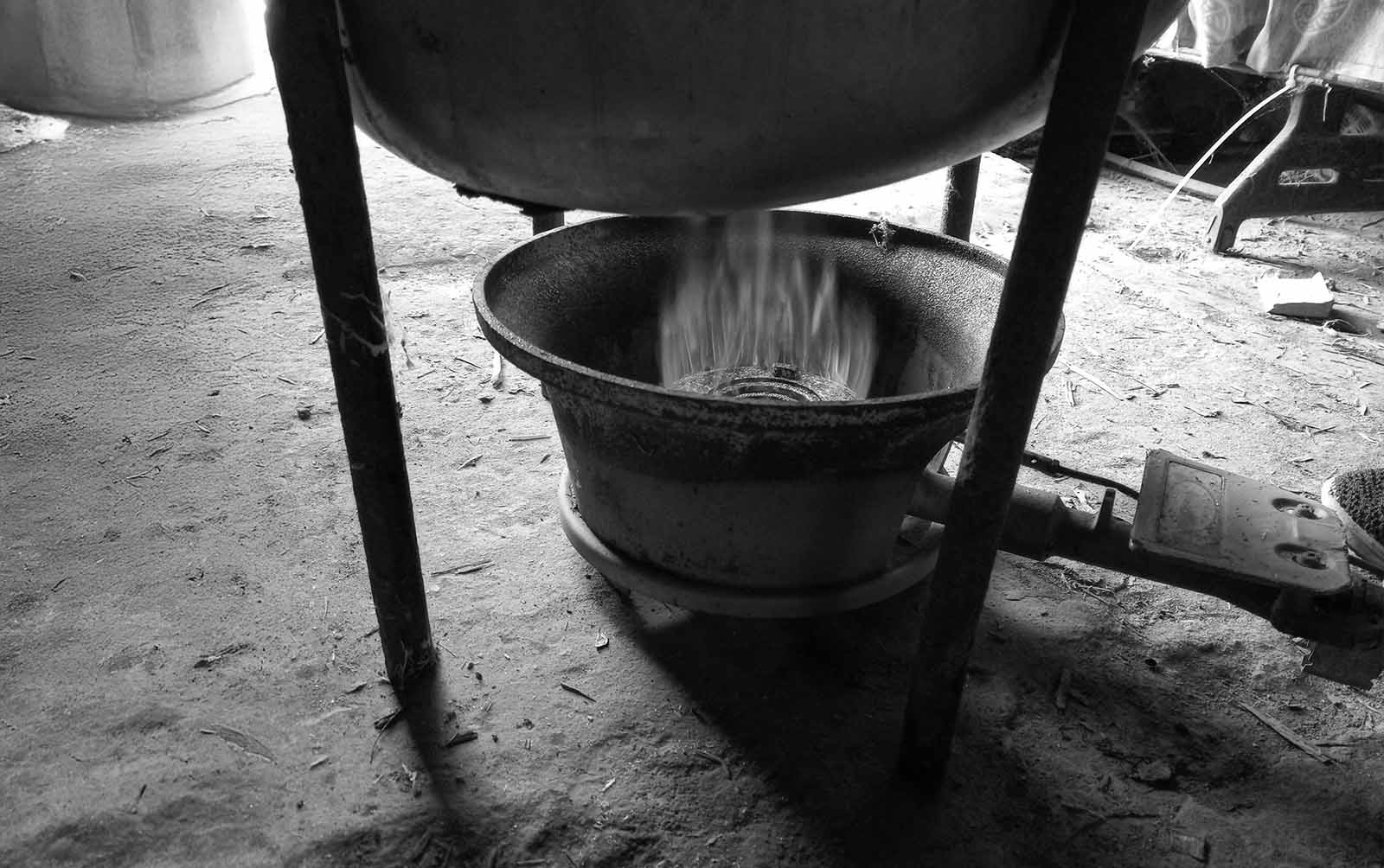Circle Gas LPG Smart Meter Program in Kenya
Circle Gas LPG Smart Meter Program in Kenya
The proposed project activity (Circle Gas LPG Smart Meter Program in Kenya) has been developed by Circle Gas with the purpose of reducing the high demand for wood, charcoal and kerosene predominantly used for cooking by households within the target areas. This will be achieved through distribution and installation of LPG units that are fitted with a smart meter to track and monitor LPG usage by the end-users. The project adopts a Pay as You Go (PAYG) approach to accelerate access to LPG by the end-users. The project acitivity also aims to contribute towards sustainable development goals. The specific description of the project activity is as follows:
a) The project entails distribution and installation of Pay as You Go LPG units that are made distinct by the unique smart meter developed by Circle Gas.
b) The project developer is Circle Gas, who will have the formal responsibility of the Project activity.
c) The VPA implementor for this project activity is M-Gas Kenya, and will be directly responsible for maintaining the sales database, collecting baseline information, and co-ordinating the annual monitoring process.
d) The project activity is a voluntary action by the project developer.
e) The goal of the project is to accelerate access to LPG especially among low-income households which will significantly reduce GHG emissions, and other negative effects associated with use of traditionally unsustainable fuels such as wood, charcoal, and kerosene.
The aim of the project activity is to replace traditional biomass (fuelwood and charcoal), and kerosene cookstoves used in the baseline, with LPG units which will deliver impacts across the following multiple areas:
• Improved health: Using LPG reduces the use of dirty fuels such as firewood, charcoal and kerosene which disproportionately impacts on women and children due to smoke and other household air polluters causing respiratory illnesses. Household Air Pollution (HAP) is one of the largest health risk factors for mortality in Kenya with about 21,560 deaths attributed to HAP annually . Clean burning liquefied petroleum gas (LPG), although a fossil fuel, emits low levels of BC and minimal PM2.5 concentrations, typically meeting WHO Indoor Air Quality Guideline levels for health (SDG 3).
• Environment & Climate Change: using traditional inefficient biomass and kerosene stoves consumes more fuel and emits GHG emissions to the atmosphere. Clean burning liquefied petroleum gas (LPG), although a fossil fuel, emits low levels of black carbon and minimal PM2.5 concentrations, typically meeting WHO Indoor Air Quality Guideline levels for health.Using LPG reduces CO2 and black carbon emissions hence reducing the impacts of climate change (SDG 13).
• Gender equality and empowerment of women: Cooking on traditional biomass inefficient stoves (firewood and charcoal) consumes a lot of fuel leading to constant need to source the fuel. Consequently, fuel collection is usually done by women and girls, and this requires more time and effort which takes away their productive hours. The project technology is efficient and saves on households' time since there is no need for collecting wood and cooking time is shortened. This leads to improved use of time at home especially for women who can venture in other income generating activities and give children more time for study (SDG 4 & 5).
• Money and Time savings: Families spend a significant portion of their time and income on fuel collection and purchase. As fuel becomes scarce, expenditure on fuel becomes more significant due to the increase in fuel prices and this leads to more household income being spent on meeting the household energy provision. The Circle Gas target market is the urban low-income population. Using the technology provides meaningful savings for customers while creating thousands of high-quality jobs (SDG 1).
• Affordable and Clean Energy: Affordable energy for cooking is an essential form of energy access which will be achieved through implementation of this programme (SDG 7).
• Job creation: the project will create employment to many people especially the youths who will be employed as field sales and service teams, and the overall management of the programme (SDG 8).
The project boundary for the VPA is the Republic of Kenya.
The legal ownership of the products generated belongs to Circle Gas. The end-users sign a carbon rights waiver form, at the time of installation of the Circle Gas LPG unit, which transfers the carbon rights to Circle Gas.
Project Overview
| Circle Gas LPG Smart Meter Program in Kenya | |
| Carbon Offsetting | |
| Household & Community - Cookstoves | |
| Energy Efficiency - Domestic | |
| Climate Impact Partners Limited | |
| GS11331 | |
| Sub-Saharan Africa | |
| Kenya |
Project Details
| 2022 | |
| Gold Standard (VER) | |
| Reduction | |
| 2020 | |
| 1949899 | |
| No | |
| GS TPDDTEC Reduced emissions from cooking and heating – technologies and practices to displace decentralized thermal energy consumption |
Registry URL
Sustainable Development Goals
-
SDG 3: Good Health and Well-being
-
SDG 5: Gender Equality
-
SDG 7: Affordable and Clean Energy
-
SDG 8: Decent Work and Economic Growth
-
SDG 13: Climate Action
Delivered Documents
-
Project Design Document (PDD)
-
Verification Report
-
Emission/Project Report
-
Monitoring Report

